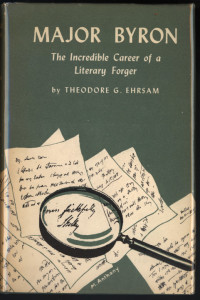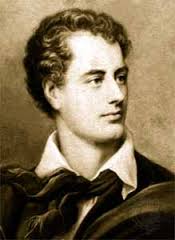 Found in a box of ephemera are some pages from a feature entitled ‘The Fore-Edge Painter ‘, which was published in a early fifties issue of Lilliput magazine. The piece is about a professional antique- faker who is introduced by an antiquarian bookseller to ‘Gulliver’, who wants to know the tricks of the forgery trade.
Found in a box of ephemera are some pages from a feature entitled ‘The Fore-Edge Painter ‘, which was published in a early fifties issue of Lilliput magazine. The piece is about a professional antique- faker who is introduced by an antiquarian bookseller to ‘Gulliver’, who wants to know the tricks of the forgery trade.
The piece is doubtless semi-fictional and was probably contributed by a dealer or collector familiar with the tricks of the forger which, by the way, is still very much alive, the most astonishing recent example being that of Sean Greenhalgh, the brilliant art student dropout who fooled ‘ eminent ‘ West End dealers and museum professionals with artefacts created in the garden shed of his council house in Bolton.
In this Lilliput feature the faker is described as ‘ a foxy little man with a red knobbly face, sandy hair and cunning hazel eyes ‘—a bit of a cliché that, since most forgers look like the average Joe, and indeed Greenhalgh has the face of a fifty something football fan you might find in the public bar of a pub outside Old Trafford. Continue reading

